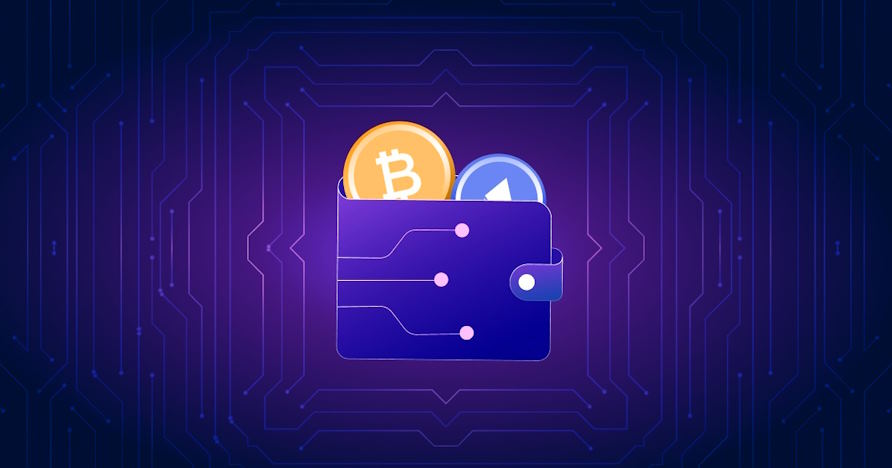When protecting your cryptocurrency investments, maintaining the security of your cold wallets is of utmost importance. Cold wallets offer an excellent level of security, but it is essential to follow best practices to ensure the safety of your digital assets. In this article, we will discuss key best practices for maintaining the security of your cold wallets, including updating firmware and software, creating backups, storing wallets securely, verifying wallet addresses, and avoiding scams and phishing attempts.
Regularly Update Firmware and Software
Keep your cold wallet’s firmware and software up to date. Manufacturers often release updates that include security patches, bug fixes, and improvements. Regularly check for updates and apply them promptly to benefit from the latest security enhancements.
Create and Securely Store Backups
Create redundant backups of your cold wallet’s recovery phrase or seed phrase. Please write it down on paper and store it in multiple secure locations. Consider using a fireproof and waterproof safe or a safety deposit box. Avoid storing digital backups or photographs of your recovery phrase on connected devices to mitigate the risk of hacking or unauthorized access.

Store Wallets in Secure Locations
Keep your cold wallets physically secure. Store them in a secure and hidden location, such as a locked drawer or a safe. Avoid leaving them in easily accessible places or carrying them around unnecessarily, as this increases the risk of loss or theft.
Verify Wallet Addresses Securely
Before sending funds to your cold wallet:
- Double-check the wallet address displayed on the device’s screen.
- Do not rely solely on copy-pasting or autofill features, as malware can modify the clipboard content.
- Manually compare the characters of the address to ensure they match.
- Consider using a trusted source, such as the wallet manufacturer’s official website or application, to cross-verify wallet addresses.
Be Cautious of Scams and Phishing Attempts
Stay vigilant against scams and phishing attempts. Be cautious of unsolicited emails, messages, or websites that request your cold wallet’s recovery phrase, PIN code, or other sensitive information. Cold wallet manufacturers will never ask for this information directly. Verify the authenticity of communication channels and be mindful of social engineering tactics.
Educate Yourself on Security Best Practices
Stay informed about the latest security best practices in the cryptocurrency community. Regularly review reputable sources, forums, and security guidelines cold wallet manufacturers provide. Understand common attack vectors and stay updated on emerging threats to adapt your security practices accordingly.


